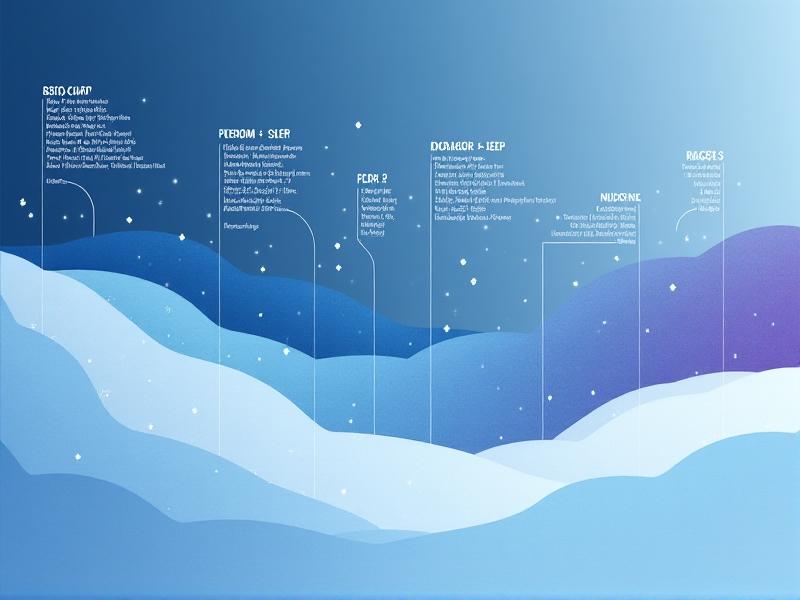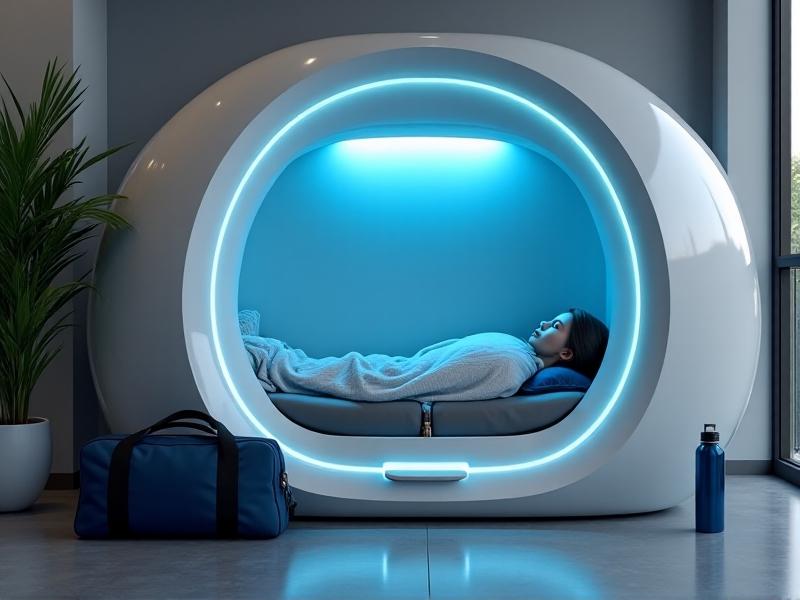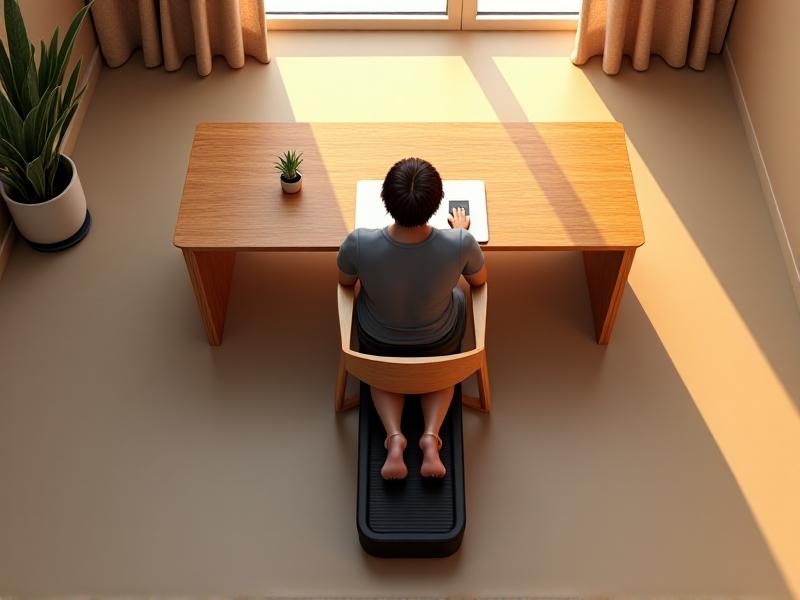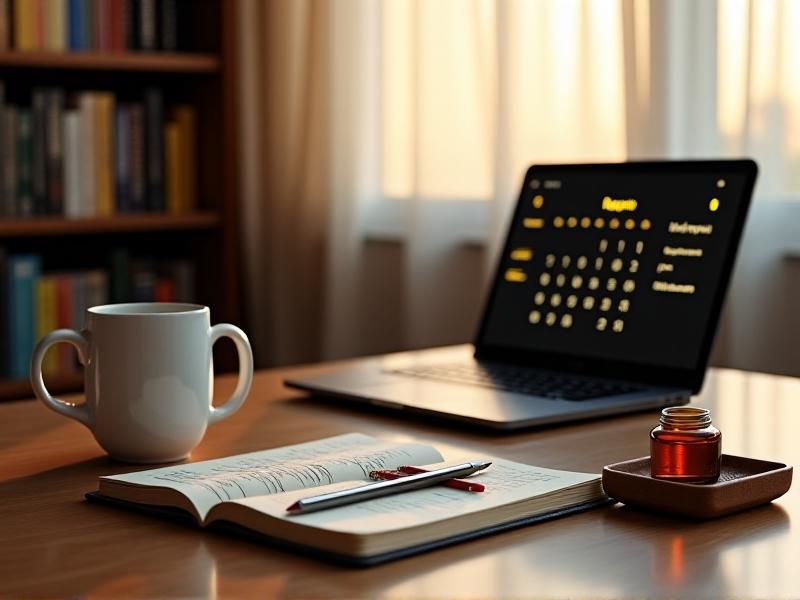Power Nap Duration Optimization
The Science Behind Power Naps and Sleep Cycles
Power naps are rooted in our understanding of sleep architecture, particularly the stages of non-REM (NREM) and REM sleep. A typical sleep cycle lasts 90 minutes, but power naps target specific phases to maximize benefits. During the first 20 minutes of sleep, the brain enters NREM stage 1 and 2, which are light sleep phases that reduce fatigue without causing grogginess. Exceeding this window risks drifting into deep sleep (NREM stage 3), leading to sleep inertia—a disoriented state that negates a nap’s restorative effects.

Research shows that cortisol levels drop during short naps, lowering stress, while adenosine—a neurotransmitter linked to sleep pressure—is partially cleared. NASA studies on pilots revealed 26-minute naps improved alertness by 54%, highlighting how precise timing aligns with biological processes. Tailoring nap duration to these cycles ensures cognitive rejuvenation without disrupting nighttime sleep.
How Long Should a Power Nap Be? Breaking Down Optimal Durations
The ideal power nap length depends on desired outcomes. A 10-20 minute nap boosts alertness and focus by leveraging light sleep stages. For memory consolidation, 30-60 minutes allows the brain to enter slow-wave sleep, enhancing information retention. However, naps exceeding 30 minutes risk inertia, making shorter durations safer for immediate productivity.

Ultra-short “micro-naps” of 5-10 minutes—common among high-performers like athletes—can combat acute fatigue. Meanwhile, 90-minute naps complete a full sleep cycle, aiding creativity by tapping into REM sleep. Matching nap length to goals ensures efficiency. For example, students studying for exams may opt for 60-minute naps to solidify learning, while office workers might choose 15-minute naps for midday energy.
Factors That Influence the Perfect Nap Duration
Age, circadian rhythm, and sleep debt significantly impact nap efficacy. Children and seniors often require longer naps due to differing sleep patterns. A sleep-deprived individual might benefit from a 90-minute nap to recover lost deep sleep, while well-rested individuals should stick to shorter sessions.
Caffeine intake timing also matters. A “coffee nap”—consuming caffeine before a 20-minute nap—exploits adenosine-blocking effects as the nap clears residual adenosine. Environmental factors like noise and lighting further shape nap quality. A quiet, dark room with a cool temperature accelerates sleep onset, making shorter naps more effective.
Optimizing Nap Duration for Specific Goals
Different objectives demand tailored nap strategies. To combat afternoon slumps, 10-20 minutes suffice. For athletes, studies suggest 30-minute naps improve reaction times and motor skills. Creative professionals might extend naps to 90 minutes to harness REM sleep’s problem-solving benefits.

Shift workers often use 60-minute naps to reset their internal clocks. Meanwhile, students pulling all-nighters can use 6-minute “stage 2” naps to enhance declarative memory. Experimentation is key—tracking outcomes like mood, focus, and energy post-nap helps refine personal routines.
The Role of Timing and Environment in Nap Efficiency
Nap timing aligns with circadian dips—most commonly between 1-3 PM. Napping too late delays nighttime sleep onset, so aim to finish naps before 5 PM. Pairing naps with rituals like deep breathing or listening to binaural beats primes the mind for rapid relaxation.

Environmentally, blackout curtains and white noise machines minimize disruptions. Wearable sleep masks with built-in headphones, like those from brands like Bose, combine darkness and soothing sounds. Temperature matters—studies show 60-67°F (15-19°C) optimizes sleep quality, even for short naps.
Common Mistakes That Sabotage Power Nap Benefits
Oversleeping is the most frequent error. Setting an alarm is non-negotiable—ideally placed out of arm’s reach to prevent snoozing. Another pitfall is inconsistent timing; erratic nap schedules confuse the body’s internal clock. Avoid napping in bright areas, as light exposure inhibits melatonin production.
Eating heavy meals pre-nap slows digestion, causing discomfort. Conversely, low blood sugar from skipping meals can disrupt sleep. Balance is key—a light snack with complex carbs and protein, like almond butter on whole-grain toast, stabilizes energy without causing sluggishness.
Tools and Techniques to Enhance Nap Precision
Apps like Sleep Cycle or Pzizz use soundscapes and smart alarms to time naps perfectly. Wearables like Fitbit or Oura Rings track sleep stages, offering post-nap insights. For tech-free solutions, the “NASA Nap Technique”—sipping coffee before a 15-minute nap—combines caffeine’s stimulant effects with adenosine clearance.
Guided nap meditations, such as body scans or progressive muscle relaxation, accelerate mental wind-down. Military veterans use the “8-minute Navy SEAL nap”—lying with feet elevated to reduce blood pooling and enhance relaxation efficiency. Experiment with combinations of these tools to craft a personalized routine.
Putting It All Together: Building Your Custom Nap Strategy
Start by assessing your lifestyle and goals. A new parent recovering from sleep deprivation might prioritize 90-minute naps, while a CEO could opt for 10-minute mindfulness naps. Gradually adjust variables—duration, timing, environment—while journaling outcomes.
Remember, consistency breeds results. Pair naps with complementary habits like hydration and exposure to natural light upon waking. Over time, you’ll refine a strategy that turns power naps into a sustainable tool for peak performance.








